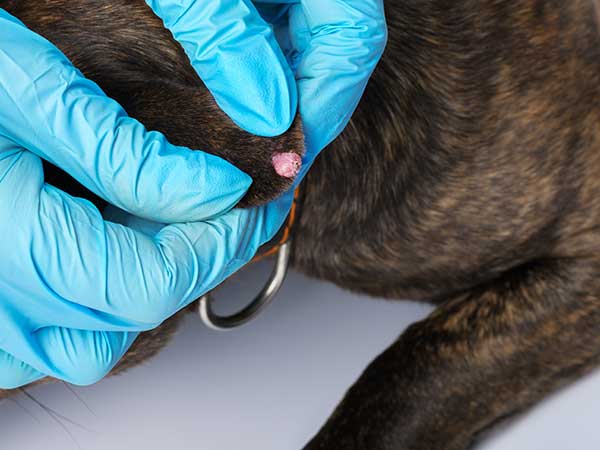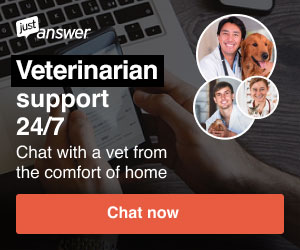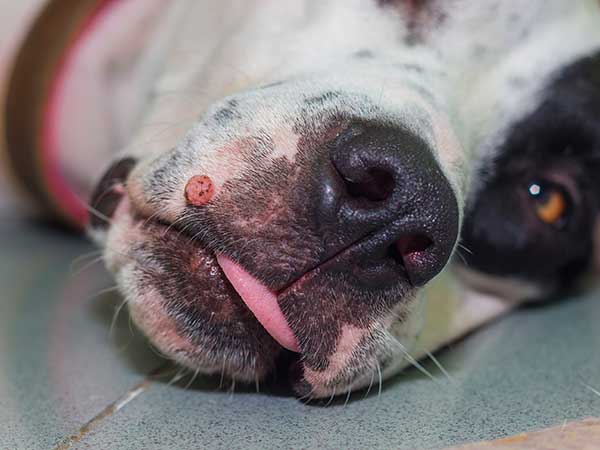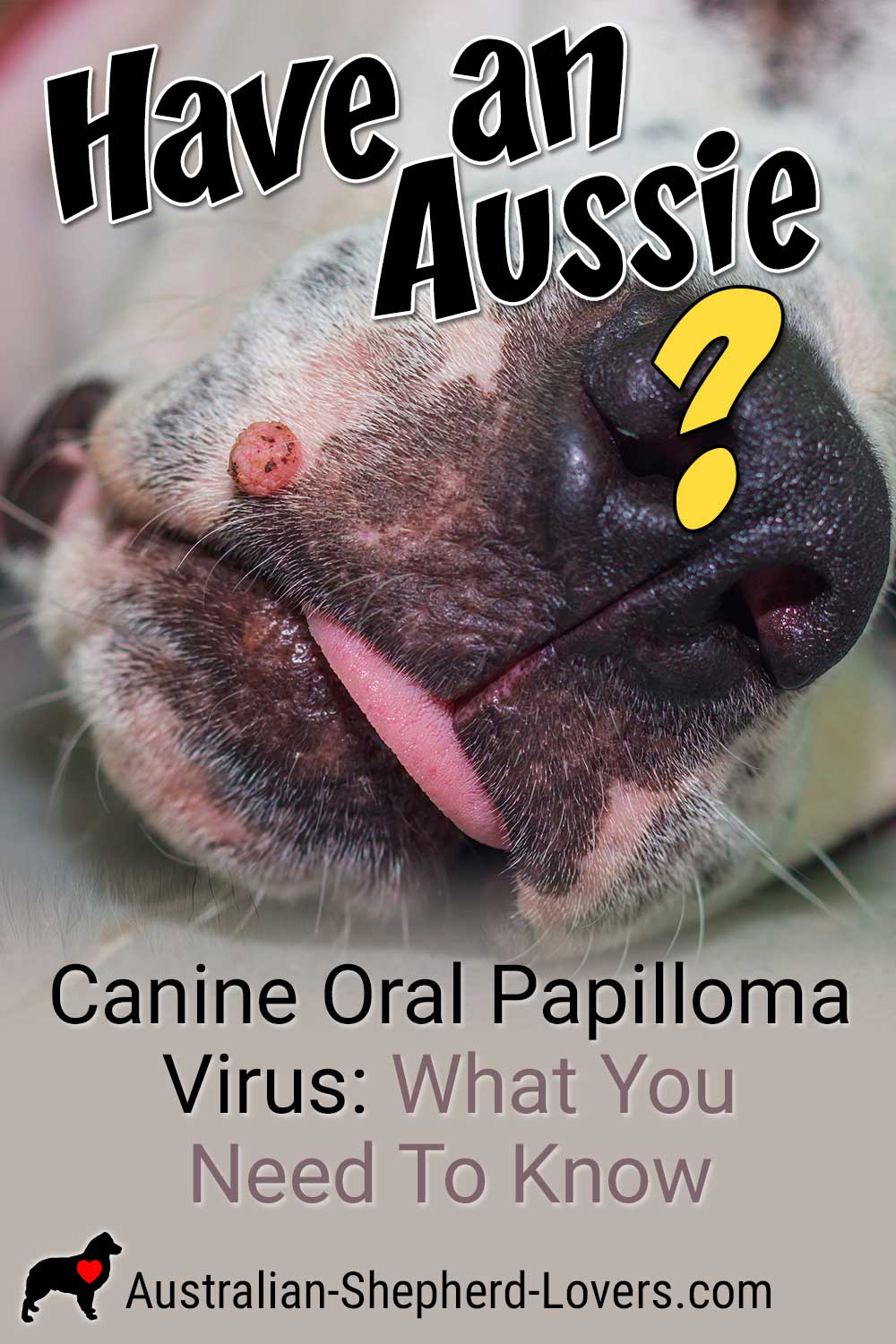
Canine Oral Papilloma Virus In Dogs: What Aussie Owners Need To Know
O ral papilloma virus in dogs is quite common and fortunately, for the most part, not a serious condition. That doesn't mean that you should take it lightly, however, since it can be very contagious among dogs. In order to keep one step ahead of this bothersome condition it's important to recognize its signs and symptoms and take the proper action to control it.
Canine oral papilloma virus, or COPV, is one of a number of viruses that can affect dogs. It is not specific to any particular breed but does appear more commonly in puppies under two years old, older dogs and dogs that are immunocompromised by illness or medication. Though viruses can manifest in many different ways, one of the most common is with changes or growths on the skin and this is the case with COPV.
These growths, or papillomas, are actually groups of abnormal cells and in the case of oral papilloma virus in dogs they generally occur in and around the mouth, including the lips, tongue, roof of the mouth or inside the cheeks. They may also appear on other areas of the body like, between the toes, on the eyelids, around the nose, on the ears, or in the genital area. While they make look strange, in most cases the growths are benign and will eventually go away on their own.
Canine Papilloma Virus Growths Are Relatively Easy to Identify
The growths caused by canine oral papilloma virus are quite distinctive and easy to recognize. They are usually small and have a jagged, bumpy appearance similar to a head of cauliflower, with a crusty grayish color surface. They may be clustered in a group, which could make them look larger or more dangerous but even in this state they are rarely serious.
In most cases, the only real danger presented by oral papilloma virus in dogs is the fact that it can be extremely contagious, spreading easily from one dog to another. It is not transmissible between dogs and humans or dogs and other species. In order to be transmitted, it requires a break in the skin, so any kind of nip, bite or scratch can lead to potential spread, as can the common use of bowls, toys, and other items.
For this reason, it is important to keep dogs with active warts away from other dogs until the warts go away. That means avoiding places like dog parks, shelters, or doggie daycare centers. It is especially important to avoid spread in puppies and older dogs, who are more susceptible to canine oral papilloma virus.
Greater Susceptibility to Oral Papilloma Virus in Dogs With Weaker Immune Systems
Since the immune system is the body's first line of defense against any kind of virus, a strong immune system is key to preventing and fighting off oral papilloma virus in dogs. In puppies under two years of age the immune system is still developing and older dogs may have naturally weakened immune systems, making these groups more vulnerable to COPV. Dogs whose immune systems are compromised by illness or from taking medication may also be at higher risk.
In otherwise healthy adult dogs, between the ages of two and seven, canine oral papilloma virus is much less of a threat and the warts will generally resolve on their own in 2 to 3 months. As the immune system develops in puppies, that will also help them to fight off the virus easier, enabling the warts to go away without treatment.
Potential Outcomes From Canine Oral Papilloma Virus
In most cases of oral papilloma virus in dogs, there will not be any side effects unless the growths begin to swell or bleed, which could then cause the dog some discomfort. Dogs with sore mouths could exhibit behavioral changes or an inability to eat normally, as eating may cause them pain. Usually, bleeding or swelling is a sign of bacteria infecting the mouth, in which case your vet may need to prescribe an antibiotic.
In rare cases, if the growths from canine oral papilloma become unusually large or are causing a great deal of discomfort, it may become necessary to have them surgically removed. If this happens, your vet will likely take a sample of the growth to have it biopsied just to be sure that there is no sign of any malignancy. Otherwise, the vet can prescribe medication to treat any swelling or discomfort.

Александр Маликов / stock.adobe.com
Papilloma virus growths can appear on many areas of the body. Here one has developed on a dog's ear.
Fortunately, Papilloma Virus in Dogs Is Not Usually a Painful or Long-Term Problem
Though the growths caused by oral papilloma virus in dogs may be ugly, they are rarely painful or problematic and once your dog has had COPV, it is likely to build up natural defenses and will not get it again. Of course, any kind of growth should always raise red flags and you should check with your vet for a proper diagnosis and a recommendation for treatment.
No one likes to see their active and friendly Australian Shepherd sidelined by the ugly cauliflower growths of canine oral papilloma, but if it does happen it is not cause for alarm, especially in healthy adult dogs. It shouldn't be too much of a concern, but you should keep your dog away from other dogs until the growths go away.
The best way to help fight oral papilloma virus in dogs is staying on top of your dog's health and being aware of any changes, such as the sudden appearance of growths. If you do notice any growths, check with your vet to confirm a diagnosis and keep an eye out for any signs of discomfort. Then in just a few short months, you and your best friend should be able to put this pesky virus behind you for good.
For more information about Aussie health issues see the Australian Shepherd Health & Genetics Institute (ASHGI).
Have Dog Training Questions?
Check out these introductory dog training videos...
I want my dog to stop being aggressive.
I want some help training my new puppy.
I want my dog to stop barking at everything.
Get Australian Shepherd Info, Website Updates, Special Offers, and Cartoons...
FREE GIFT
You'll also receive a free copy of the ebook
My Everyday Dog Training Tools
by professional dog trainer Daniel Abdelnoor, "Doggy Dan"












 Loading Image...
Loading Image...